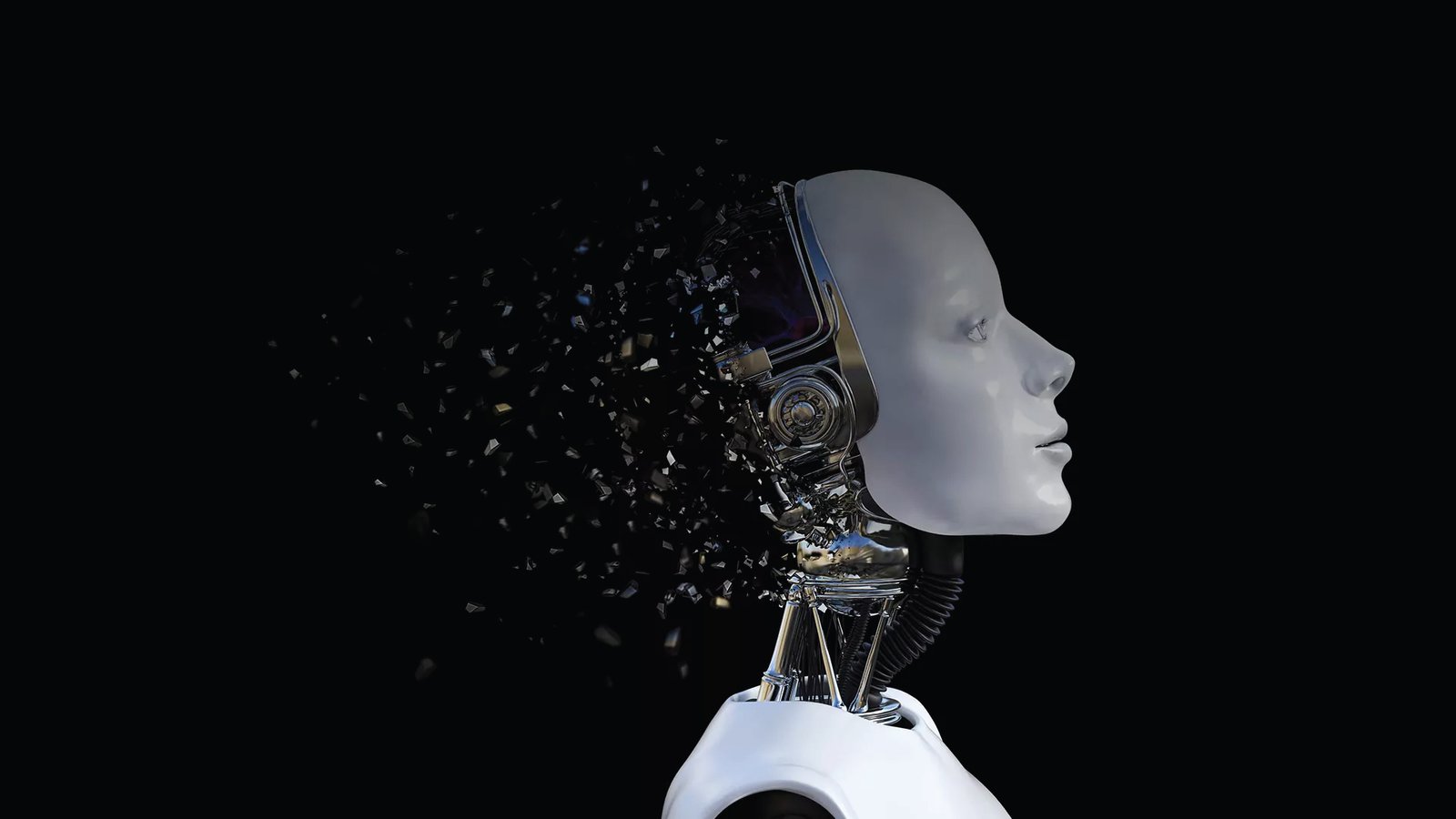Remote patient monitoring solutions are producing more patient data each year. The only way for healthcare providers to process it all – and support their patients – is with artificial intelligence-based tools.
By Arnaud Rosier
Once a technology enters our lives, it becomes impossible to imagine living without it. The first smartphones only hit the market around 15 years ago, for instance, and it feels like we’ve had them forever. Widespread streaming of digital media is even younger, and yet most of us barely remember how to operate our dust-covered DVD players.
We’re about to hit a similar technology tipping point when it comes to artificial intelligence in healthcare. And providers need to be ready for a near-future where AI is essentially mandatory – especially for remote patient monitoring programs. Implicity’s AI algorithm that analyzes ECG data from implantable loop recorders (ILRs) only received clearance from the Food and Drug Administration late last year, and already we’re seeing it become a mission-critical technology for some of our customers.
Here are four use cases that will soon make AI solutions in healthcare impossible to ignore.
Chronic Disease Management – In 2014, under 15 percent of the U.S. population was 65 or older. Over the next several decades, that number is expected to approach 25 percent. And more than half of older adults have at least two chronic health conditions. To anyone working in healthcare, it’s obvious that the industry will not be able to hire its way out of this problem. There simply won’t be enough clinicians working in the field in the coming decades to manage chronic disease patients without the use of technologies like AI. In remote patient monitoring, one of the chief benefits of AI algorithms is that they can filter out false positives (aka notifications that eventually don’t lead to medical action), which currently accounts for up to 85 percent of alerts. This allows clinicians to focus their time and attention on the patients who truly need their care in the current moment.
Personalized Care – For decades, people have fantasized about a future in which AI tools would be able to synthesize a patient’s clinical data to create tailored wellness plans and help predict adverse medical events. The problem is that much of this data (for instance, doctors’ notes) is unstructured, making it extremely challenging to process all relevant information with AI (which is usually ‘fed’ with structured input). Thanks to smartwatches and fitness trackers, however, there is now more structured health and wellness data about patients than ever before. It’s important to note that these devices don’t merely collect data on things like physical activity and sleep but also can become part of the medical workflow by aligning with regulatory requirements. For instance, Apple received FDA approval for its built-in ECG feature on the Apple Watch. Right now, most health tracker data never makes its way to healthcare providers (instead remaining on devices or getting pushed to vendors’ cloud platforms). Soon, however, patients are going to expect their healthcare providers to have access to their personal health data and to deliver personalized care plans. This is one of those things that is likely to happen slowly at first and then all at once. Similarly, facial recognition and voice recognition applications failed to work for twenty years as technologists worked on those problems. Then, practically overnight, they became integral parts of daily life, and we’re not even surprised it works.
Public Health Insights – Clinical studies are to thank for countless medical breakthroughs. They’re also extremely expensive and time-consuming. AI will never fully replace clinical studies, of course, but algorithms may soon comb through large pools of patient data and potentially find correlations between patient metrics and health outcomes that have escaped our notice. Here again, the relationship between AI and remote patient monitoring will be very valuable, since remote monitoring can offer such a wealth of highly structured data. We may even eventually see AI systems providing patients with real-time alerts that help them to make healthier choices based on population-level insights. For instance, an algorithm might detect that a person’s recent sleep patterns and stress levels correlate with an increased risk of car accidents and then push out an alert to the user warning them to stay off the road until they’ve had a chance to rest. This means that eventually some knowledge will not be human knowledge but part of AI algorithms used by humans; while this triggers a lot of unsolved issues, this is very likely to be part of the medical process.More Time with Patients – This is more of a benefit than a use case, but it’s an important one:
When deployed effectively, AI should allow clinicians – especially physicians – to spend more face-to-face time with their patients.In some fields (such as logistics and transportation), there are worries that AI will displace large numbers of human workers. But in healthcare, this really isn’t a concern. Clinicians are so overwhelmed that they are rarely able to spend as much time as they’d like listening to their patients’ concerns. By handling data-intensive tasks, AI solutions can free up healthcare providers to do the parts of the job that motivated them to go into medicine in the first place.
Visit AITechPark for cutting-edge Tech Trends around AI, ML, Cybersecurity, along with AITech News, and timely updates from industry professionals!

